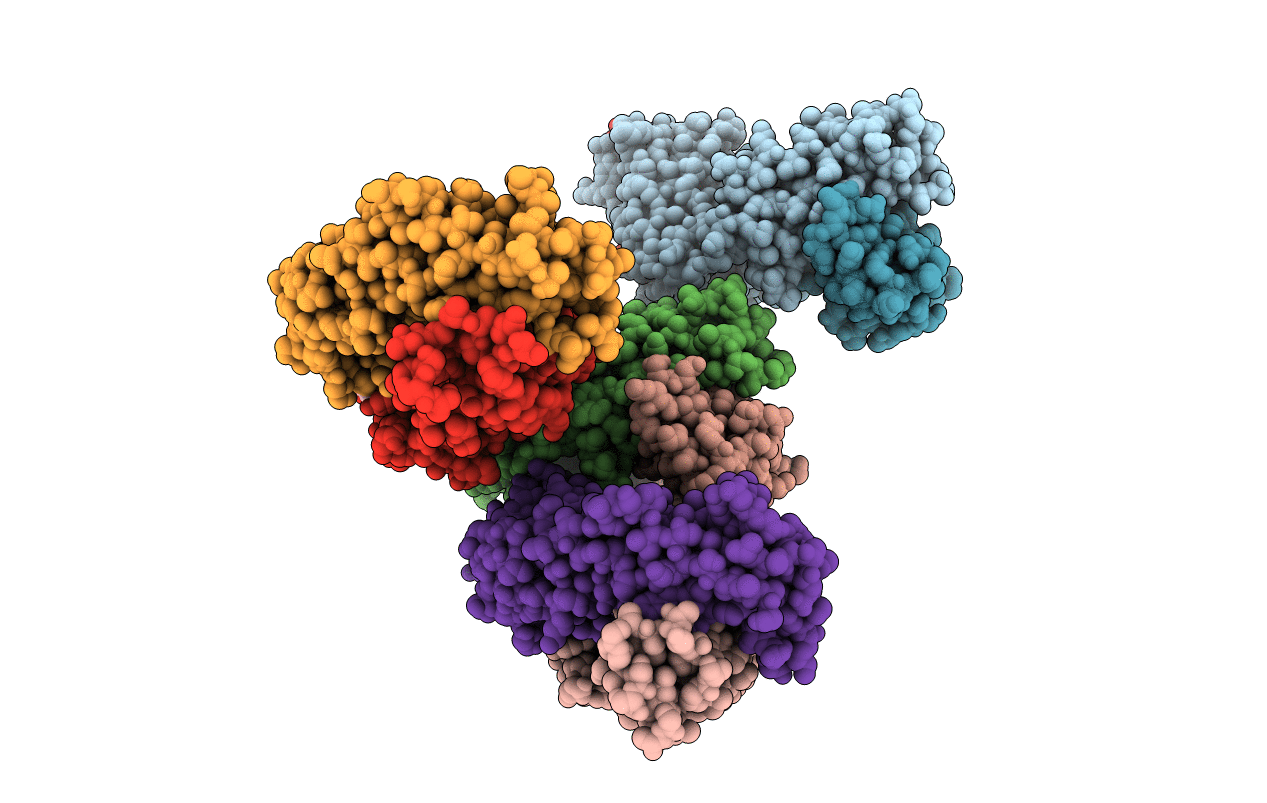
Deposition Date
2022-02-03
Release Date
2022-06-08
Last Version Date
2024-10-16
Entry Detail
PDB ID:
7TUS
Keywords:
Title:
Sculpting a uniquely reactive cysteine residue for site-specific antibody conjugation
Biological Source:
Source Organism:
Homo sapiens (Taxon ID: 9606)
Host Organism:
Method Details:
Experimental Method:
Resolution:
2.40 Å
R-Value Free:
0.25
R-Value Work:
0.21
R-Value Observed:
0.22
Space Group:
P 1 21 1


